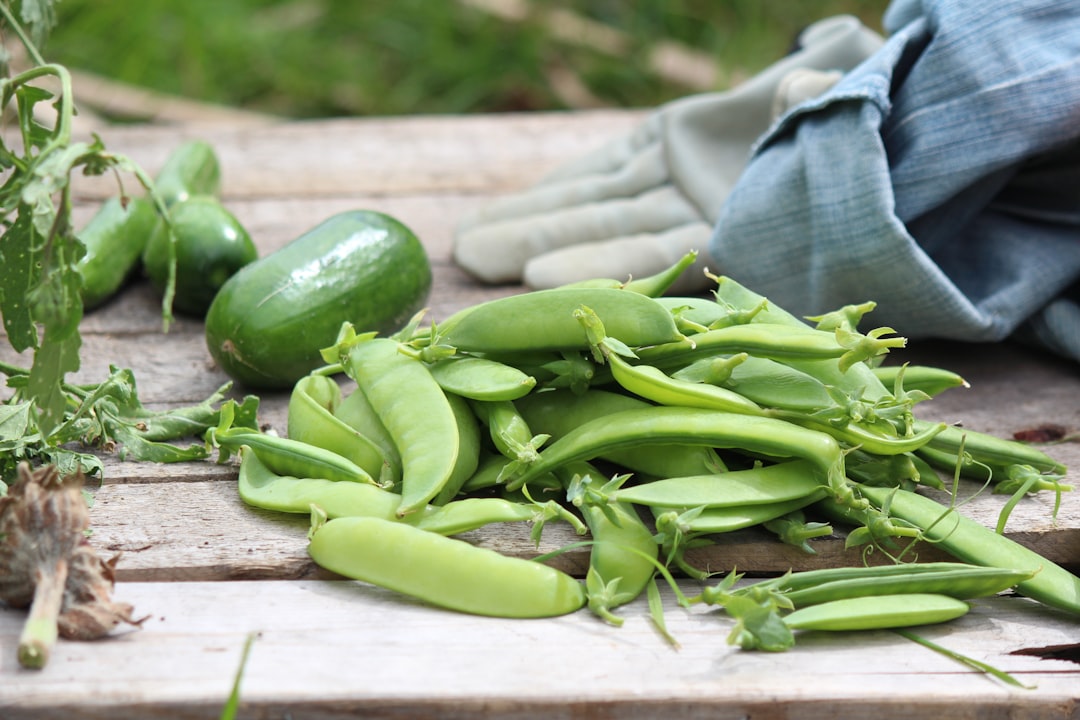When we think about biodiversity, we often imagine lush rainforests, coral reefs, or endangered wildlife. But one of the most critical—and often overlooked—battlegrounds for biodiversity is right beneath our feet: our farms, gardens, and local food systems.
In today’s world of industrial agriculture and global supply chains, biodiversity is under serious threat. However, local food systems can play a vital role in protecting and restoring it. In this post, we’ll explore the relationship between biodiversity and food, and how choosing local can help preserve the richness of life on Earth.
🌾 What Is Biodiversity, and Why Does It Matter?
Biodiversity refers to the variety of life on Earth—from the tiniest microbes in the soil to the plants we grow, the animals we raise, and the ecosystems they all form. In farming, biodiversity includes:
-
Crop diversity: Different plant species, varieties, and genetic strains.
-
Livestock diversity: Various breeds of animals raised for food and fiber.
-
Wildlife and beneficial insects: Pollinators, birds, predators of pests, and soil organisms.
-
Ecosystem diversity: Forests, wetlands, prairies, and other landscapes that support agriculture.
Biodiversity is essential for:
-
Resilient food systems (resisting pests, disease, and climate shocks)
-
Healthy ecosystems (clean water, fertile soil, carbon storage)
-
Cultural heritage and food traditions
-
Long-term food security
Yet, today, over 75% of the world’s food supply comes from just 12 plant species and 5 animal species. That’s a dangerous narrowing of our food base.
🧑🌾 How Industrial Agriculture Threatens Biodiversity
Modern industrial agriculture has focused on efficiency and scale, but often at the expense of diversity. Some of the key threats include:
-
Monocultures: Vast fields planted with only one crop make ecosystems more vulnerable to pests and disease.
-
Loss of native species: Replacing traditional seeds and animal breeds with commercial hybrids.
-
Heavy chemical use: Pesticides and herbicides harm non-target species, including bees, butterflies, birds, and beneficial microbes.
-
Deforestation and habitat loss: Clearing land for export-driven agriculture destroys natural habitats.
These practices not only erode biodiversity—they also weaken the resilience of the very food systems we depend on.
🛒 Local Food Systems as a Solution
Local food systems offer a hopeful path forward. When we support nearby farms that value diversity, we help protect both cultivated and wild species.
1. Preserving Heirloom and Native Crops
Local farmers often grow heirloom varieties and region-specific crops that aren’t part of the global food trade. These plants may be more flavorful, nutritious, and better adapted to local conditions—helping preserve agricultural genetic diversity.
2. Protecting Pollinators and Wildlife
Farms that avoid heavy chemical use and maintain hedgerows, wetlands, and native vegetation provide essential habitat for pollinators, birds, and other creatures that contribute to healthy ecosystems.
3. Supporting Diverse Livestock Breeds
Small-scale local farms are more likely to raise heritage breeds of chickens, pigs, cows, and goats—many of which are at risk of extinction. These breeds often have unique qualities and greater resilience to disease and climate variations.
4. Encouraging Rotational and Mixed Farming
Local, regenerative farms frequently use diverse planting strategies, crop rotation, and intercropping, all of which enrich biodiversity and improve soil health.
🌍 Community Benefits of Biodiverse Local Food
-
Stronger food security: A diverse food base is less vulnerable to supply disruptions or climate impacts.
-
Cultural preservation: Local foods reflect the tastes, traditions, and heritage of communities.
-
Nutritional diversity: A varied diet drawn from a biodiverse food system provides broader health benefits.
-
Connection to nature: Supporting biodiverse farms helps reconnect people to the natural world and the seasons.
💡 How You Can Help Protect Biodiversity
-
Shop at farmers’ markets and buy directly from local producers.
-
Grow your own food using a mix of plant varieties and pollinator-friendly practices.
-
Join a CSA (Community Supported Agriculture) that works with diverse, organic farms.
-
Choose heirloom and native varieties of vegetables, grains, and fruits.
-
Support regenerative agriculture and organic certifications where possible.
-
Advocate for policies that fund biodiversity-focused farming and land conservation.
🌱 Every Bite Is a Vote for Biodiversity
Food isn’t just fuel—it’s a powerful tool for shaping the world we want. When we choose to support local, biodiverse farming, we’re helping to protect the delicate web of life that feeds us all.
From seed to soil to table, local food systems are key allies in the global fight to preserve biodiversity. The more diverse our plates, the more resilient our future.

Comments
No comments yet. Be the first to comment!
You must be logged in to comment. Login